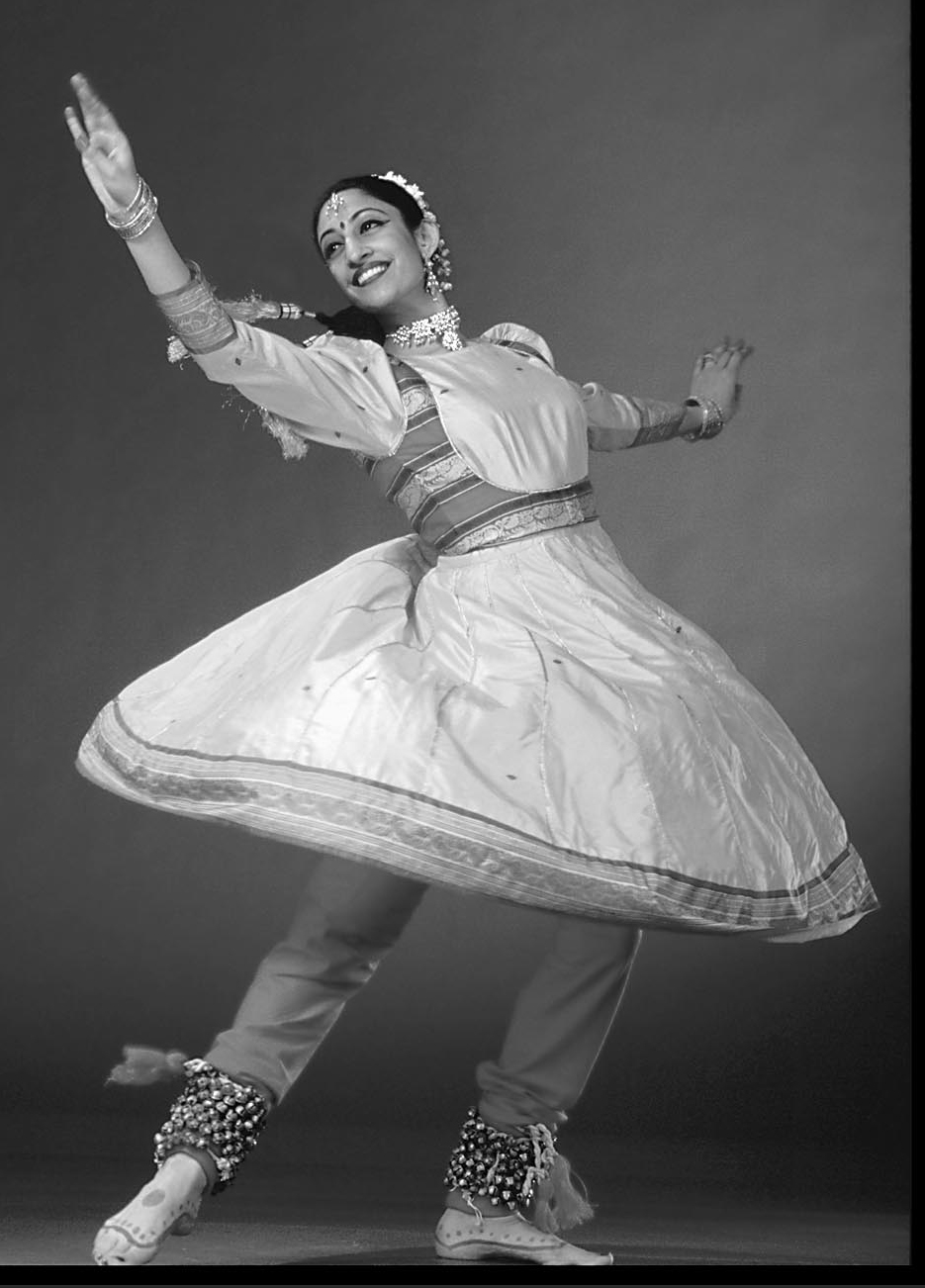|
|
 |
|
|
The Chitresh Das Dance Company is comprised of dancers whose abilities exemplify Kathak Master Chitresh Das' emphasis on the technical, graceful and dramatic aspects of Kathak dance. CDDC is an inspiring example of the vision of Chitresh Das to create access to the captivating and dynamic Kathak tradition to audiences throughout the world. Farah Yasmeen Shaikh has been part of CDDC for over six years, with her presentation always precise and intuitive. She has toured with CDDC in India, performing last year in Chitresh Das' collaboration with renowned Paris-based, contemporary painter Shahabuddin. Additionally, she tours with CDDC throughout the United States. Farah strives to educate her own community about Kathak as a teacher at the Chhandam School of Kathak dance, as well as a participant in CDDC's arts education programs and performances.Kathak dance being one, if not the only, of the Indian classical dances to be influenced by both Hindu and Islamic cultures, and considering the nature of this evening's event, Farah will be performing two pieces to demonstrate this unique union of influences in the dance. Both pieces have been choreographed by Pandit Chitresh Das. Rangmanch Rangmanch means to color the stage. Here the dancer enacts a puja (worship) through mudra (hand gesture) and movement: she sanctifies the stage with water, flame, incense and the ringing of a bell, she offers flowers and a mala (flower garland) to the deity, blows on the conch shell and places sandal wood paste on the diety's third eye. She then invokes the three deities, Brahma (the creator), Vishnu (the preserver) and Maheshwara (the destroyer of illusion). Finally the dancer begins to perform nritta, pure dance. Thaat |
 Farah
Shaikh
Farah
Shaikh